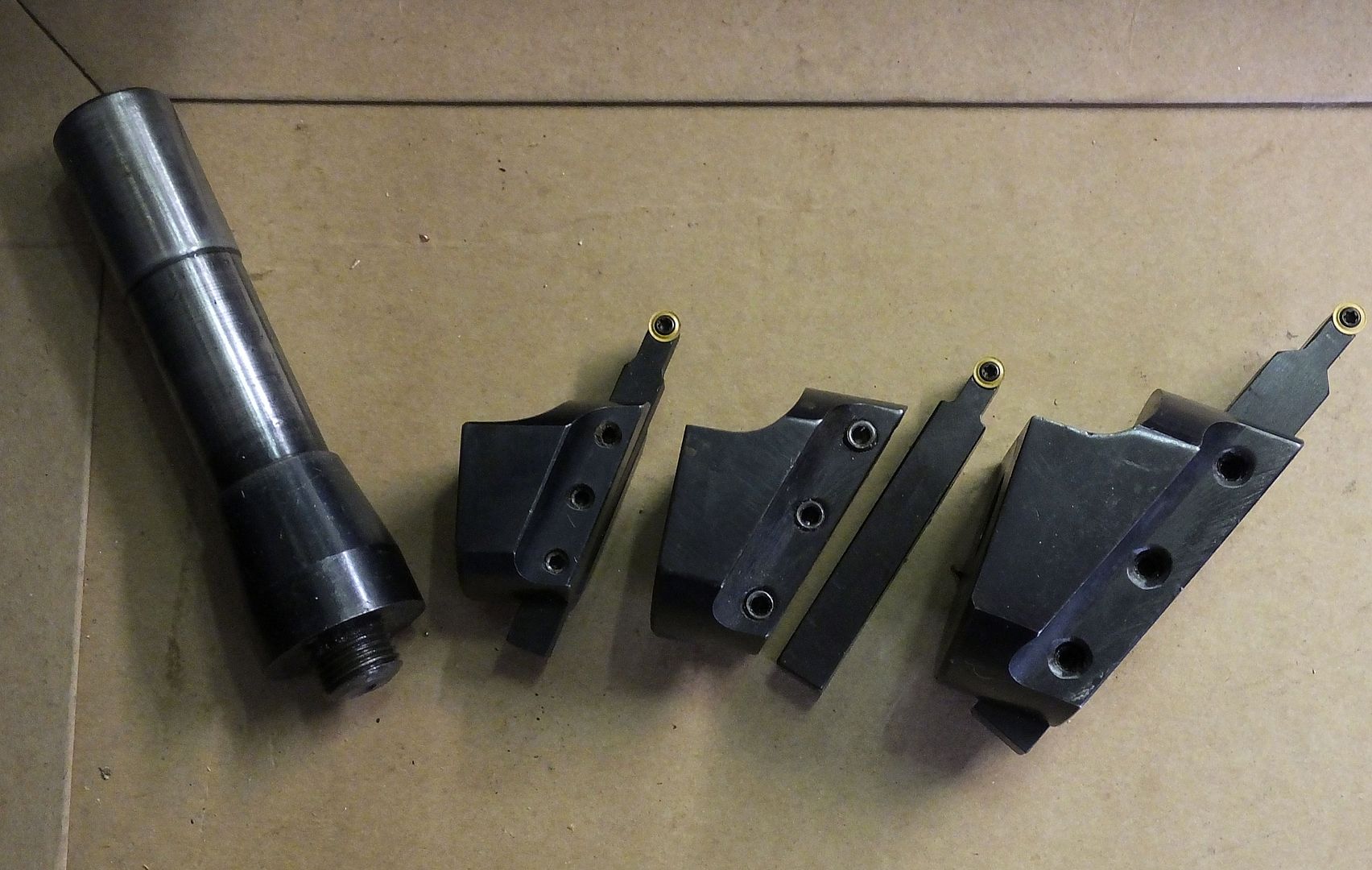- Joined
- Jan 3, 2014
- Messages
- 72
- Reaction score
- 17
I have been reading up on design and operation of fly cutters.
One cutting tool, either HSS or carbide.
Also have read where single fluted slot drills reduce vibration and chatter when compared to two or four flutes.
Does it follow that an insert tipped face milling cutter would function better as
an end mill (similar to a fly cutter action) with only one tip, when normally fitted with two?
Any thoughts please, I live in a small complex where a lot of noise is an undesirable consequence. The tipped cutter can be noisy when cutting steel.
Regards,
Dennis
One cutting tool, either HSS or carbide.
Also have read where single fluted slot drills reduce vibration and chatter when compared to two or four flutes.
Does it follow that an insert tipped face milling cutter would function better as
an end mill (similar to a fly cutter action) with only one tip, when normally fitted with two?
Any thoughts please, I live in a small complex where a lot of noise is an undesirable consequence. The tipped cutter can be noisy when cutting steel.
Regards,
Dennis

































































